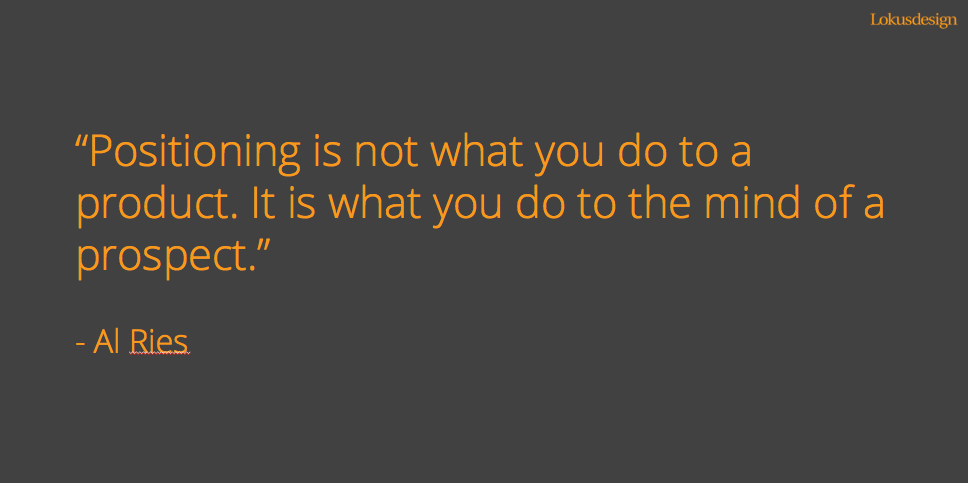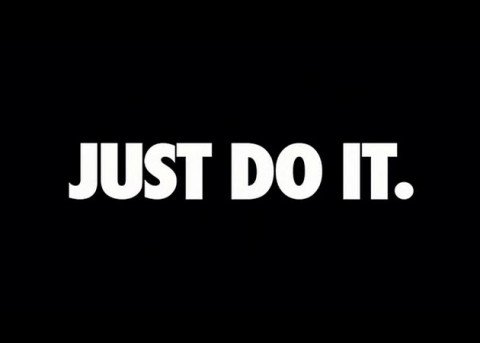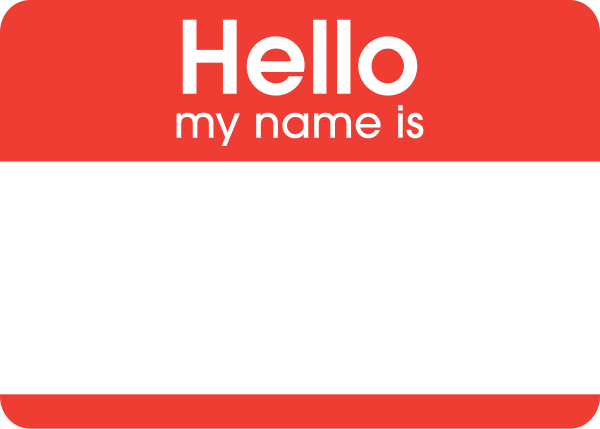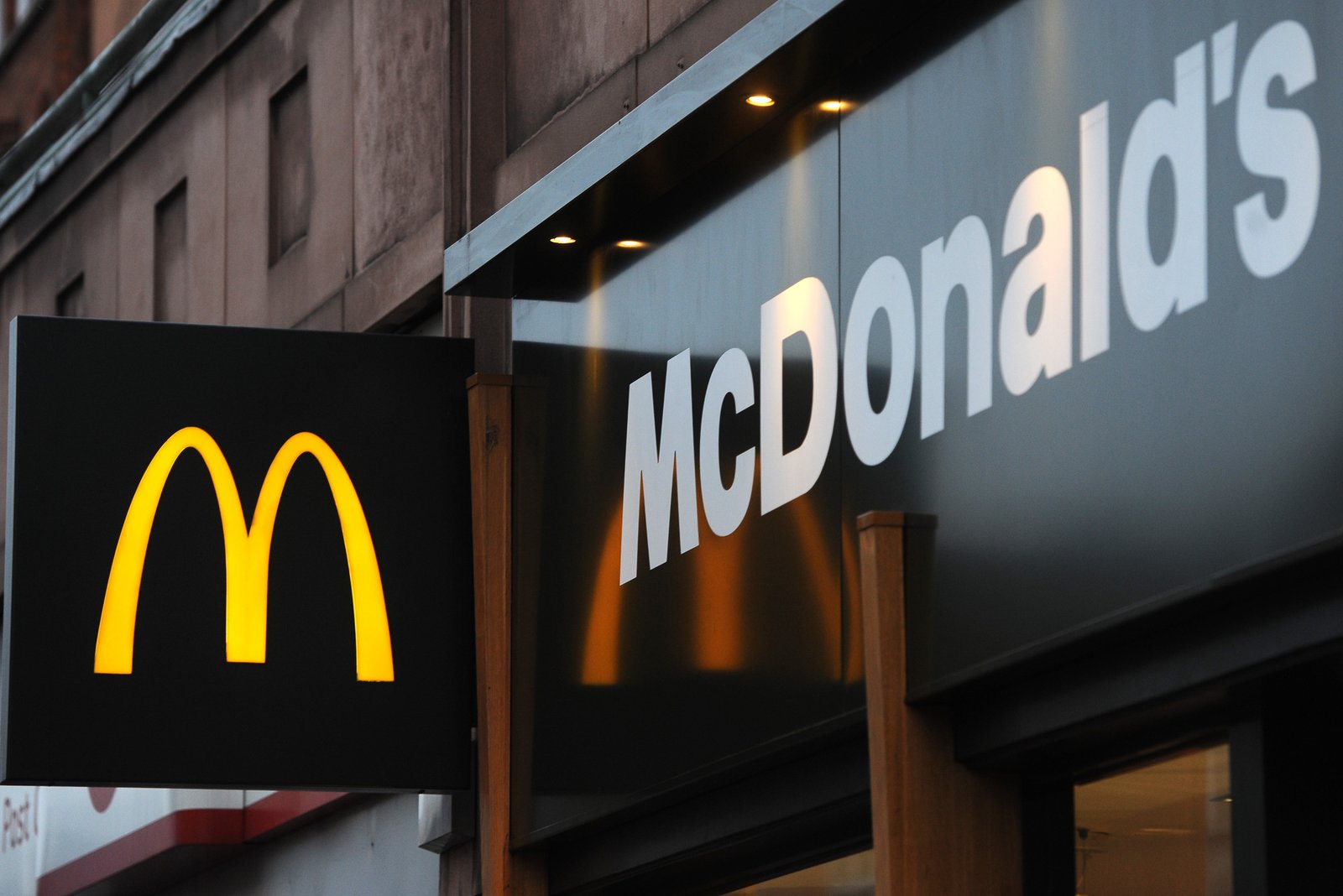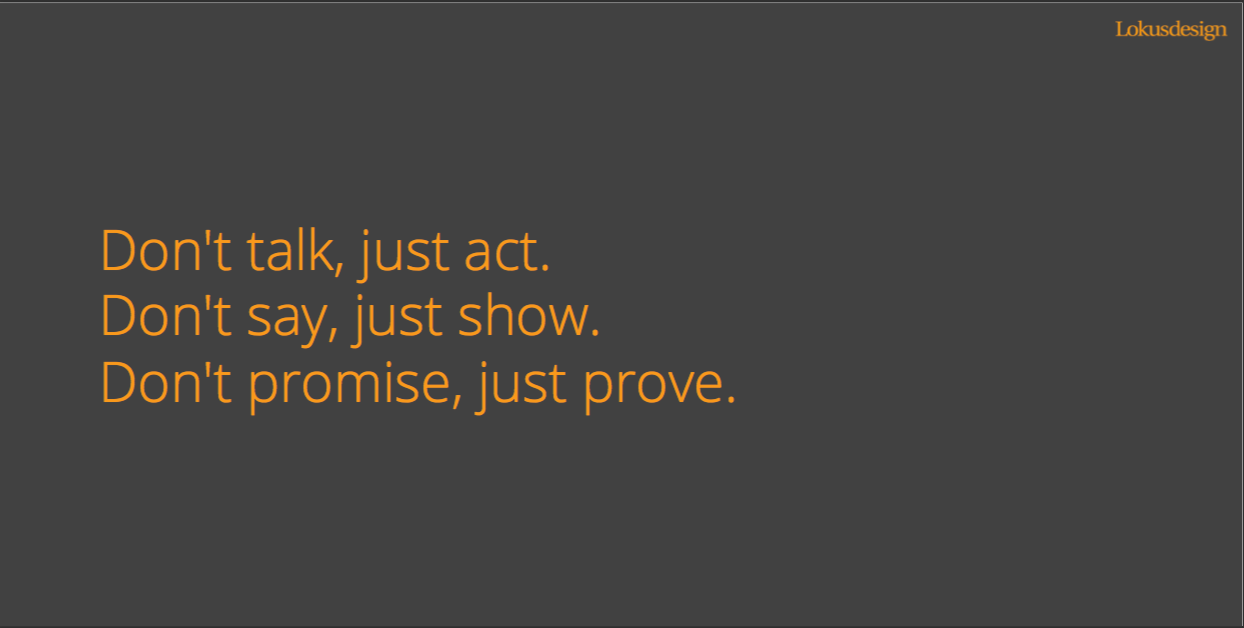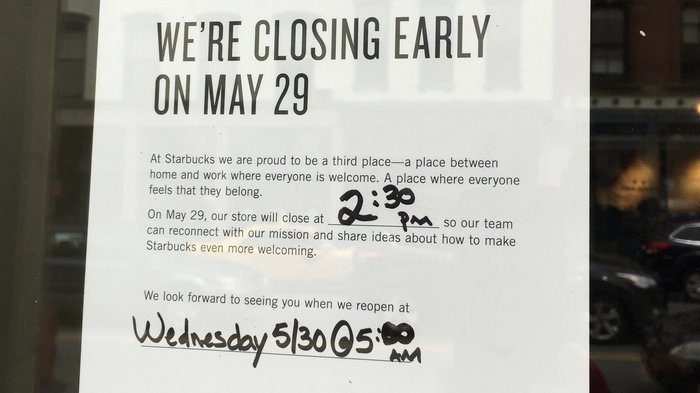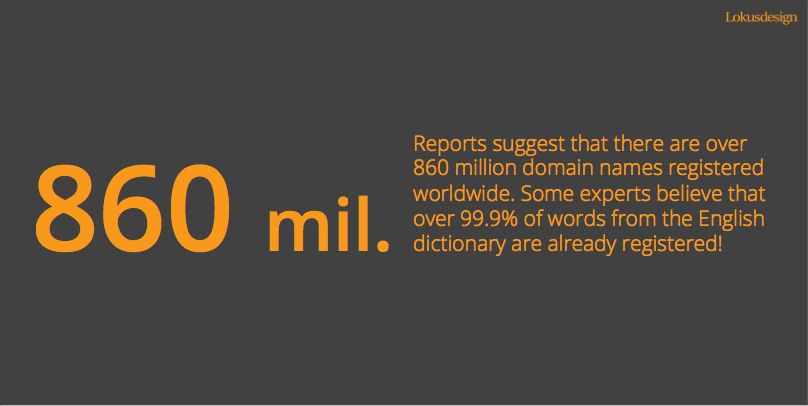6 reasons why your Brand’s Positioning matters
As markets become crowded, the task of building strong brands becomes harder. The reality is that consumers of today are surrounded by the cacophony of brand messaging and advertising clutter. With dynamically changing markets, products that continue to evolve, and competition that increases almost every day, how do brands stand apart and successfully build that strong recall factor in the minds of their consumer? This is where brand positioning comes into play.
What is brand positioning?
Brand positioning is the process of placing your brand in the minds of your consumers. It is the summation of what the brand does in conjunction with what the target audience is. Positioning takes into account competitive assessment. It helps prospective customers make sense of the brand and, to then, assume a distinctive place in their mind.
Brand positioning helps in shaping consumer preferences. An effective brand positioning strategy drives what makes the brand favourable, credible, and different in the mind of the customer. It is brand positioning that helps the consumer, remember that Tesla combines luxury with environmental consciousness, Colgate is the protective toothpaste, Coca-Cola brings happiness, Woodlands is for the great outdoors, Rolls Royce stands for bespoke design and customization, Nike is the attitude for an athletic lifestyle… the list goes on. Positioning essentially influences the consumers’ perception of the brand and ensures that the brand occupies a specific space in their minds.
Brand positioning is the organic outcome of all that brand marketing and communication does. It gets built only over a period of time. Brand positioning is not what a brand says about the product but more about how the consumers perceive it. It is about making the consumer understand the Value Proposition in a manner that they can relate to it. Strong positioning thus has to convey authentic, differentiated/ unique, credible, believable, and sustainable values that the brand can bring into the lives of their target audience.
Why brand positioning matters
Because brand positioning impacts how you want the customers to perceive your brand, it must carefully align with the Purpose of the brand. All the brand marketing and communication messaging is a means to motivate the customer to become loyal to the brand.
- Establishing meaningful difference
Consumers today face constant mar-comm bombardment from several channels multiple times a day. Creating an ownable image, a singular differentiation in the minds of the customer, especially when product level differentiation is hard, becomes an important benefit. With trust levels in brands, products, and institutions at an all-time low, it becomes challenging for brands to capture the mindshare of the customers in a meaningful way.
While earlier brand positioning could be based on the functional merit of the brand, today it is more about establishing a meaningful difference in their minds to influence purchasing decisions. Functional superiority can only assist positioning to a point. It works mostly in the absence of direct competition. However, the average customer today sees hundreds of brands offering identical functions with indiscernible features. Functionality thus has to drive meaningful difference and positioning helps in achieving that.
- Creating a market niche
In their book, 22 Immutable Laws of Marketing, Al Ries and Jack Trout talk of the law of the first. This law says that the first one to the market establishes their market dominance. But what happens if you are not the first one? The positioning strategy then has to explore creatively where they can be the first. It could be by evaluating the target demographic and assessing their behaviours, mindsets, values, needs, interests, fears, frustrations, joys, and dreams and evaluating how those have shifted. Or it could be by creating an uncontested market by expanding the boundaries of the existing industry. For example, in the edible oil industry Sundrop oil is positioned for light cooking, Saffola is for heart health, Fortune works for homely comfort food. The same product, cooking oil, gets positioned differently creating a nice market for the brands.
- Remove brand indifference
The consumers of today are smart. At the same time owing to information bombardment, attention spans have reduced significantly. And when attention spans reduce, indifference to brand messaging increases. Apt brand positioning helps in aligning the brand messaging with what the audience wants and needs while making it clear, concise, and focused. This influence that positioning has on brand’s storytelling, communication, and messaging, impacts how customers perceive the brand’s performance. It helps in removing indifference towards the brand.
- Anchors external and internal customers
Brand positioning matters not only to influence the external customers but also the internal customers (the employees) of the brand. In order to deliver great results employees must be invested in the mission and vision. Since the brand positioning is born out of the core Purpose of the company, this drives a singular alignment of effort across all the employees too. When they do so, they work towards creating superior brand experiences. Such an invested employee will push the boundaries to make a customer happy. With clear brand positioning, sales and marketing teams also gain greater business clarity. This helps them channelize the sales funnel more effectively and tackle customers more effectively.
- Guides decision making
Since brand positioning facilitates a brand’s recall, it helps in guiding buying decisions. It establishes a relevant connection of the consumer’s need with your brand’s offering. Clear positioning successfully reduces the cognitive load that goes into searching and evaluating brands that address a particular consumer need. Walmart, for example, changed its “always low prices” slogan to “Save Money. Live Better” to attract their target audience with a promise of high quality that did not come at a high price. On similar lines, Big Bazaar positioned itself by saying “isse sasta aur behtar aur kahin nahin”- indicating to the customer that if they needed the cheapest and good quality goods such as groceries and staples, all they had to do was head to the nearest outlet.
- Premium enablement
Position a brand clearly and you will be able to command a premium. Ever wonder why the same garment such as a pair of jeans is priced so differently? Armani jeans are priced way higher than a GAP and a GAP is priced higher than a Levi’s. This happens only because they market to a specific demographic with whom those values resonate. With such an alignment it becomes easier to associate an aspirational value with a brand when needed and command a premium.
In Conclusion
Much like those other marketing staples, purpose, and promise, positioning too emerges from emotion. It is this emotion that helps people connect with the brand. Owing to the impact that right positioning can have on a brand’s life story, positioning is not a marketing du jour, to be looked at in passing. Unless brands have effective positioning in place they will not be able to map a sustainable business plan and guide marketing strategies and initiatives. Positioning is that magic pill that helps brands determine “what your customers think of you” and guide them to “what you want them to think of you as”.
Looking for help in developing a strong Positioning for your brand in the minds of your customers? Write to us at info@lokusdesign.com.

